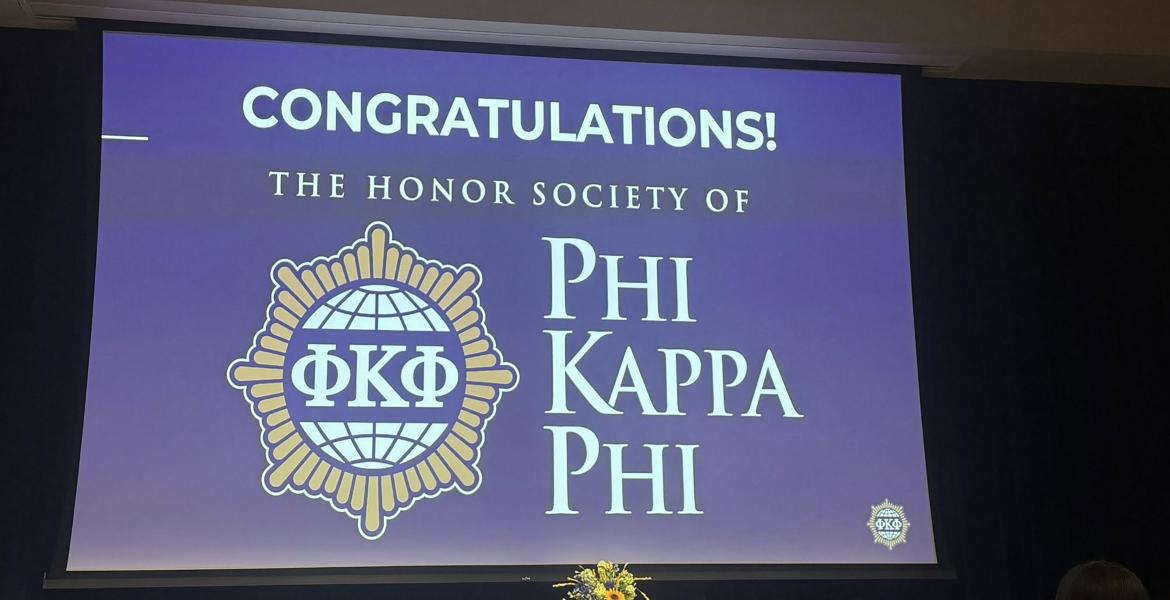The City of San Angelo’s Zoning Board of Adjustments (ZBA) tackled the proposed Hill Street sand depot dilemma at their regularly scheduled Feb. 2 meeting. The sand depot, proposed to trans-load fine silica frac sand from rail cars into 18-wheelers, sparked intense interest by the meeting’s opening at 1:30 p.m. Held in the council chambers at the McNease Convention Center where seating accommodated 175, the room was packed. An overflow room with about as many seats was also full. No official count was given, but my estimate is that over 300 citizens attended at least the opening arguments of the hearing.
At stake was a challenge to City Planning & Development Services Director Patrick Howard’s interpretation of a maze of rules in zoning ordinances that he said allowed for frac sand depot operations to proceed at the 10-acre Hill Street location in the middle of the city. The proposed operation of the site was submitted by Lee Pfluger, whose LLC owns 5.5 acres and leases an additional 4-5 acres in a land-locked area behind Mayfield Paper and the House of Faith.
Howard said that city ordinances as written allowed the operation in the property zoned for “light manufacturing”. Citizens grumbled and two lawyers, H.R. “Winkie” Wardlaw, III, and Guy Choate, led a five-person group (including themselves) of appellants who argued to the ZBA to encourage the board to overrule Howard’s decision.
Appellants said that “light manufacturing” zones are not destined to invite blowing fine sand onto adjacent businesses and residential neighborhoods along with an influx of what they argued would be dangerous 18-wheeler sand truck traffic down residential roadways like Hill Street.

Above: City Director of Planning and Development Patrick Howard defends his ruling to allow the sand depot. (LIVE! Photo/Joe Hyde)
The first to the podium to argue his case was Howard. He described the way he threaded his needle through the zoning ordinances. He ruled that the act of ‘trans-loading’ was not the manufacture, production or mining of sand or sand products. Therefore, less stringent rules applied, and transferring sand from rail cars and into 18-wheelers was essentially a warehousing function, allowed in “light manufacturing” zoned areas.
Before the appellants made their case in rebuttal, attorney Guy Choate informed the board that four of the five people in the group that he represented had made a deal with property owner Lee Pfluger. Pfluger agreed to deed restrict the 5.5-acre tract that he owned to forbid frac “proppant” trans-loading.
The last appellant standing, Attorney H.R. “Winkie” Wardlaw, III, believed strongly that it was important for the hundreds of concerned citizens to have the ZBA make a ruling and proceeded with the arguments against Pfluger’s sand depot by representing himself.
Wardlaw’s presentation consisted primarily of showing pictures and videos of other frac sand trans-loading facilities, and arguing that none of this should be allowed as a ‘light manufacturing’ operation. He showed videos of the Hughes Street Pinnacle Sands depot and journalist Kat Rowoldt’s video of the sand depot in Barnhart. In the videos, sand was flying all over and interviewees complained of sand everywhere, health issues, and dangerous truck traffic in Barnhart.
Wardlaw’s legal argument centered upon the ordinance prohibition of operations that may pose a nuisance to neighbors. However, the point of Wardlaw’s opponents, led by attorney Sam Allen, as well as city staff, was that the nuisance verbiage was not directly attached to the “light manufacturing” definitions in city code.
Allen made a spirited argument that the job of the ZBA was not to rewrite the city ordinance; that is what the council does. The board, he said, could only affirm or overturn, and Howard’s interpretation was the correct one.
Allen added that there were a number of remedies still available to the citizens when the ZBA affirmed Howard’s interpretation, including a moratorium on frac sand facilities until the city council could modify the law to accommodate the modernity of the oil fields.
In the end, after all of the arguments were heard, ZBA Vice Chairman Louis Rork summarized what all ZBA members must have been thinking.
“I walked through the process that Mr. Howard used to get to his decision. And I didn’t follow that as the only dark line going down the page. I can see several places where you can take a slightly different position based on the information that was there, and come out at a different place,” Rork said.
The ZBA voted 5-0 to overrule Patrick Howard’s decision, effectively prohibiting frac sand trans-loading on properties zoned for ‘light manufacturing’.
The meeting ended at 8:15 p.m.
What is next?
City Manager Daniel Valenzuela gave his initial view on how to solve the need to address frac sand trans-loading in city ordinances that was highlighted with the proceedings. Technology and industry have changed and made it necessary to review this part of the city ordinance, he said.
The first step is having council consider and possibly vote for a temporary moratorium to disallow any new frac sand trans-loading operation to be established within the city limits. That will allow time to review the current zoning ordinances, he said.
Valenzuela was mindful that the last time the city issued a zoning moratorium, it took many months lift it. He referred to the 2013-2014 moratorium against mobile home and RV parks required to provide time for staff and council to look into “man camps” and modify city ordinances. On the frac sand issue, Valenzuela was hopeful that that the temporary moratorium, if necessary, will last only a short while. “Weeks...a couple months, but not numerous months,” Valenzuela said.
Attorney Guy Choate who led the opposition to Hill Street said that he welcomes a temporary moratorium, regardless of Monday’s ZBA vote. “I think we still need a stand down to get this thing straightened out before anyone thinks that statute [reads] how they interpreted it,” he wrote in an email.
While also wanting to attract new business to San Angelo, Valenzuela said that the first priority of the city government should be to ensure the health and safety of its citizens. A moratorium would slow things down and have staff, council and the citizens deliberate over how to move forward. “Look at the concerned citizens in this room. We have to address their health and safety concerns,” he said.
Hanging in the balance is a prime economic development project on the northeast side of town, far away from any residential and commercial properties.
The project involves the annexation of 175-acres of pastureland northeast of San Angelo, north of the Old Ballinger Highway and west of U.S. 277, that will be the largest frac sand trans-loading facility in San Angelo. Valenzuela said he recognizes Pinnacle’s desire to move forward quickly. The land is county land, but the deed to the land carries a covenant that the property owner must request annexation if the use is to be anything other than agriculture or a single ranch residence. The city can benefit economically by annexing the property before the frac sand facility is built there.
Mayor Dwain Morrison agrees with Valenzuela’s analysis, but doesn’t think a moratorium is necessary now that the ZBA has effectively banned frac sand trans-loading on properties zoned ‘light manufacturing’. For the 175-acre Pinnacle project, Morrison said he supports annexing the land. With a nod towards the rural location of the proposed facility being not much of a safety hazard like Hill Street could be, Morrison said, “We’ll bring in Pinnacle and make that land there zoned for ‘heavy manufacturing’ for them.” In the city’s master plan, the land and area around the proposed Pinnacle project is intended to be industrial development.
Pinnacle’s COO Fred Partlo flew in from Dallas to watch the day’s proceedings. He said that he remains hopeful that they can move forward with annexation. However, he noted that his company would continue to watch the council and mood of the meetings.
The annexation passed 6-0 at the first council meeting in January. Pinnacle asked to delay the second reading of the annexation at the most recent council meeting because also on that day’s agenda was a resolution that condemned frac sand trans-loading within the city limits. Council refused to adopt the resolution after lengthy, tense discussion.
City staff anticipates the Pinnacle annexation will be on the agenda again in mid-February.
To clear the legal hurdles for the Pinnacle project to be established inside the city limits, one council meeting is required to confirm annexation and two more will be required to transition the zoning from ‘ranch estate’ to ‘heavy manufacturing’.
But time is not on the city’s side. Pinnacle can move forward to build the facility without annexation today, as the property is in un-zoned county land right now.
Valenzuela said that he is not ignoring the opportunity Pinnacle project offers the city. “Ten to 15 million dollars added to the tax base is significant,” he said.
Subscribe to the LIVE! Daily
Required






Post a comment to this article here: